Growing up in the shadow of a sprawling chemical plant in the crime- and poverty-ridden Siberia of the 1990s, Yegor Lesnoi watched the underwater adventures of Jacques Cousteau on television and dreamed of one day joining the French explorer’s crew.

Yet it was only at age 16 that Lesnoi first saw one of the aquatic wonders of the world, which, in Russian terms, was on his doorstep: Baikal, the planet’s oldest and deepest lake, is just 150km – but could be a million miles – from his heavily polluted hometown of Usolye-Sibirskoye.
Now Lesnoi (30) is making up for lost time, free-diving in Baikal and hauling out tonnes of tyres that have accumulated close to the banks of a lake that holds one-fifth of the world’s unfrozen fresh water, and more than all of North America’s Great Lakes combined.
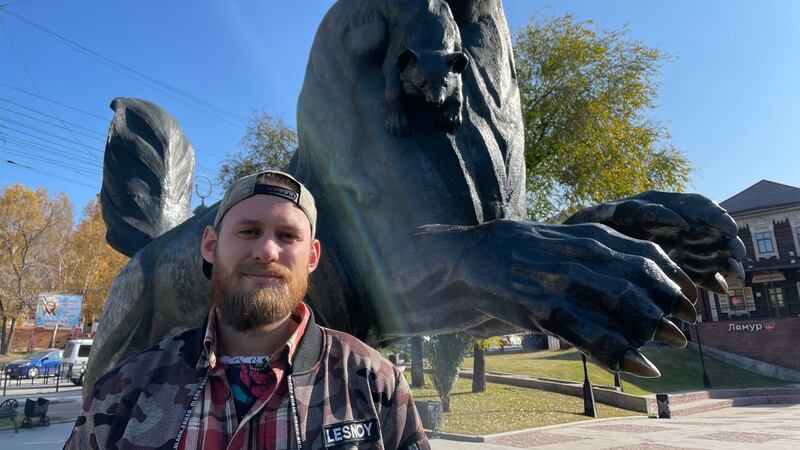
"I started about three years ago and now I do it several times a year," Lesnoi says in Irkutsk, the city where he now lives, about 70km from Baikal.
“A friend pulls me along slowly behind his jet-ski, I spot the tyres and free-dive down to perhaps 5 metres, attach a rope and he hauls them ashore. This year we’ve cleared about 4½ tonnes from Baikal,” he adds, explaining that the tyres fell from the sides of boats, docks and piers where they were used as buffers.
“We’ve also removed tyres from the Irkutsk reservoir and other places in the region. We’ve probably cleared 400 tonnes in total, and taken them to a factory that turns them into safe matting for playgrounds and sports facilities.”

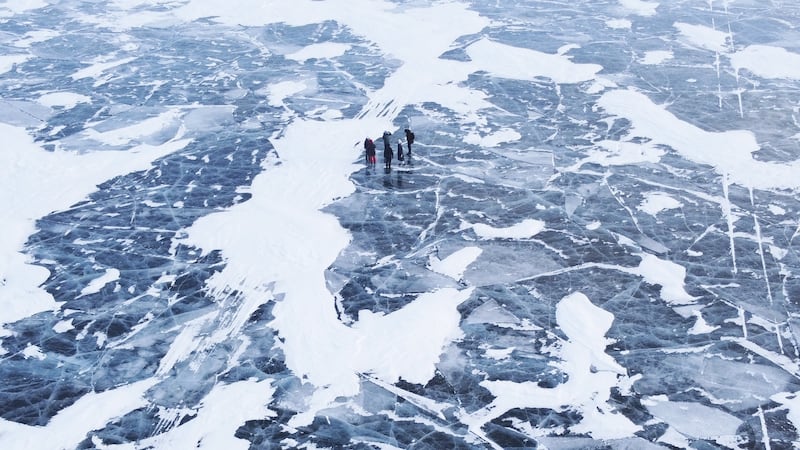
Experts say Baikal now faces far more serious threats than decades’ worth of decaying rubber: swathes of illegal building work, surging tourist numbers that are overwhelming local infrastructure, and the spectre of a potential disaster involving 6.5 million tonnes of toxic waste stored in ponds near the shoreline.
A major pulp and paper mill in the lakeside town of Baikalsk was finally shut down in 2013, half a century after its construction inspired opposition from the Soviet Union’s first environmental protest movement.
But a succession of official plans to dismantle the factory and clean up the site have fallen by the wayside, and the chemical slurry remains in an area that scientists say is prone to major flooding and mudslides every few decades.
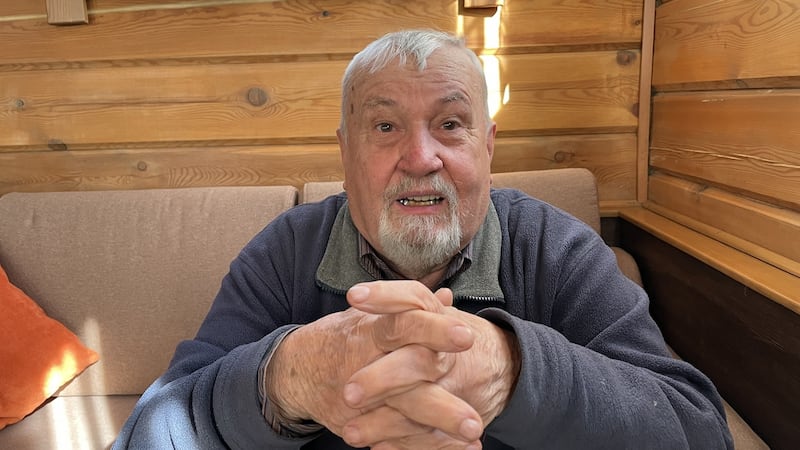
If it's just rocks and trees ending up in the lake then it doesn't harm Baikal but chemical waste is a different story
"The waste is still there, in huge trenches 1km long, 100-200 metres wide and 4 metres deep," says Alexander Suturin, head of the biogeochemistry laboratory at the Limnological Institute of the Russian Academy of Sciences in Siberia.
“Every 50 years or so, the southern shore of Baikal has very heavy rains, when about 150mm fall over three days. Big mudslides occurred in 1928 and 1971 and caused major damage. If it’s just rocks and trees ending up in the lake then it doesn’t harm Baikal, but chemical waste is a different story,” Suturin warns.
“Moreover, an underground lake of polluted water has formed beneath the factory, which constantly trickles into Baikal. When the plant was operating, this water was pumped out, but since it was shut down it has just grown and grown.”
Unesco included Baikal on its world heritage list in 1996, noting its extraordinary age (25 million years) and depth (1,700 metres) and referring to it as the "Galapagos of Russia" for its biodiversity and the great number of endemic species that are among more than 2,000 types of animals and plants that live here.
At the same time, the UN agency called on Russia to eliminate potential threats to Baikal that could arise in surrounding areas, and to protect the 336 rivers that feed the lake and the single one that flows from it – the Angara, whose waters snake north and join the mighty Yenisei before reaching the Arctic Ocean.
Yet, in recent years Russia has significantly eased controls on the quality of water that can be discharged into the lake, and on infrastructure projects in its vicinity.
Environmentalists say Baikal is also under pressure from the impact of global warming and major forest fires of recent years, as well as significant fluctuations in its water level caused by dams and hydroelectric power stations on the Angara.
In a report this year, Unesco asked Russia to respond to a number of concerns and queries about the state and protection of Baikal by next February, warning that the lake could be placed on the agency’s “list of world heritage in danger” later in 2022.
Baikal itself remains magnificent in all seasons. On a sunny October day the hills blaze with autumn colours. Russians stroll and picnic along its banks, looking out over crystalline water to snow-capped peaks more than 100km away beyond the far shore.
The pandemic sharply cut the number of visitors coming here from China – more than two million of whom travelled to Baikal in 2019 – but triggered a surge in Russian tourists to lakeside villages whose basic infrastructure lags far behind current needs.
“We’re seeing algae growing rapidly in some shallow parts of the lake, which scientists say is linked to large amounts of organic and non-organic waste going into Baikal,” says Mikhail Kreindlin of Greenpeace Russia.
“Lots of tourist sites around the lake don’t have proper waste water treatment, including sewage systems, and there are big guesthouses that just release their waste water straight into the lake,” he explains.
In villages such as Listvyanka, local people complain that everything from the road system to power and water supplies are being put under unsustainable pressure by tourist numbers and by unregulated building, with some developers accused of erecting large guesthouses under the guise of family homes.
On just his second day in the job, the newly elected mayor of Listvyanka, Maxim Maximov, admits that he has “a big task ahead”.
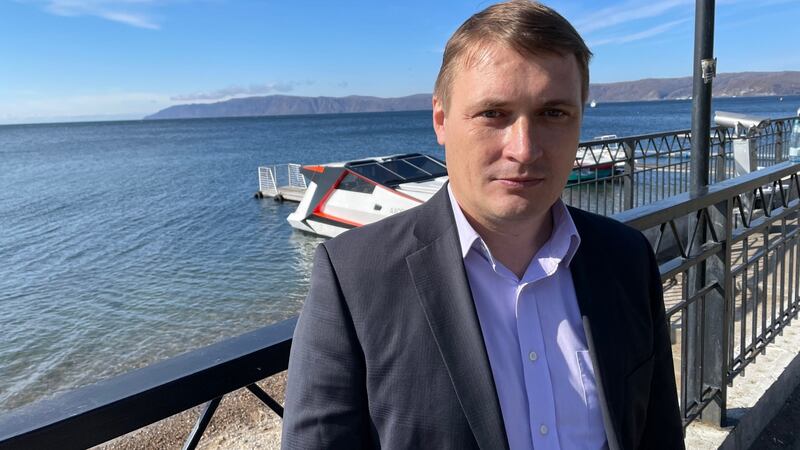
I want people to be proud of Baikal, this world treasure, and to come from other parts of Russia and around the world to see it
“It’s a big responsibility too. But I grew up near here, I’ve spent my 43 years living on the shore of Baikal and so I’ve seen changes to people’s lives and to the nature here. I understand that we have to improve things for the people living here and for visitors.
“I want people to be proud of Baikal, this world treasure, and to come from other parts of Russia and around the world to see it. But we can’t go on with this chaotic tourism and chaotic building work that we see now,” he explains.
“There have been infrastructure problems here for a long time, and major upgrades haven’t been done. It’s very important that we move towards establishing a proper sewage system and water supply for local people. It’s crazy that people living here have problems with drinking water – what should they do, go down to Baikal with a bucket?”
Alex Priener (72), from Zug in Switzerland, has paid several visits to Baikal, which some Russians call the “sacred sea” of Siberia. “For me it’s the most special lake in the world,” he says in Listvyanka while taking photos of the snowy mountains glinting in the distance. “Today it looks a bit like Lake Geneva but the scale of Baikal is totally different, of course.”
Vlada and Dima, a young couple from Chita, a city 1,100km away towards Mongolia, keep their eyes towards the lake rather than dwell on Listvyanka’s mishmash of old and new buildings and its recently erected Ferris wheel.
“You come to Baikal to be in nature but that spoils it a bit,” says Dima (21). “Development needs to be done properly. The main thing is to protect Baikal, but we’re just little people so what can we do? If they want to build something, they’ll just build it.”
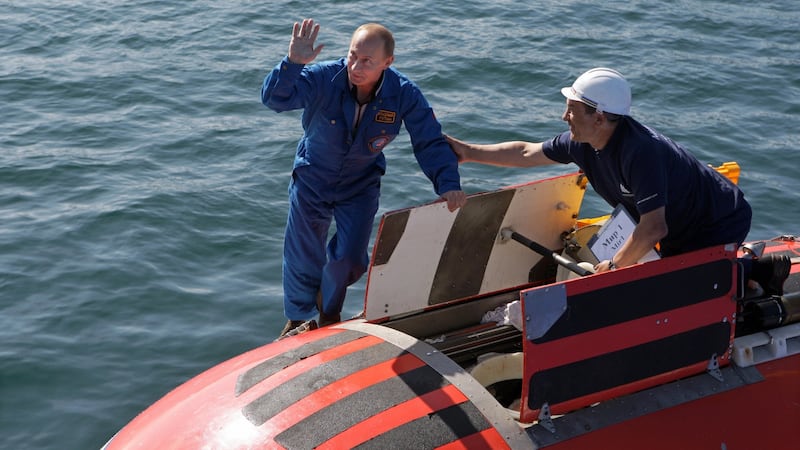
Many people see corruption as the main cause of Baikal’s problems, from the failure to clean up the toxic waste at Baikalsk to flagrant disregard for planning and construction rules in villages around the lake.
Officials now pledge that Baikalsk – which is still home to 12,000 people – will be cleaned up by 2024 and completely transformed over time from a ravaged Soviet relic into an “eco-town” and arts centre, as part of grand plans that could run to 161 billion roubles (€1.93 billion).
By 2030, they claim, Baikalsk could be attracting almost 500,000 visitors each year, changing it from a toxic threat into a lakeside tourist attraction.
Lesnoi, who has a six-year-old daughter, has no faith in officials, but believes clean, sustainable development is the only way for Baikal and its people to flourish.
“I’m not an ecologist or an activist. It’s too easy to say ‘everything’s bad’,” he says.
“I’ve got no time for those who say ‘Don’t touch sacred Baikal!’ The only way to protect the environment is to have good infrastructure. Millions of people want to come here, and what about the people living in towns and villages around the lake? They have children, they need to work and make a living.”




















